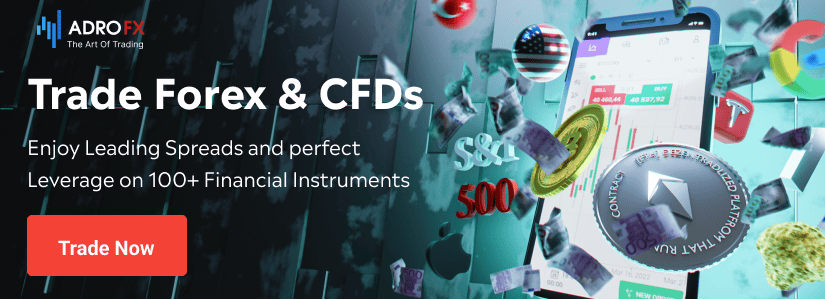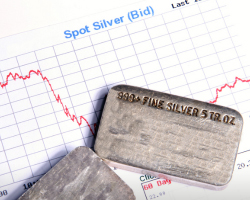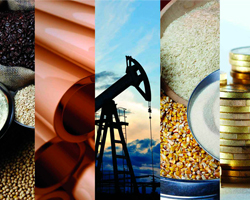Investing in Precious Metals in 2023

Precious metals such as gold, silver, platinum, and palladium have been valued for centuries for their rarity, beauty, and durability. While these metals are often used in jewelry, they also have many industrial and technological applications. Additionally, precious metals have long been seen as a hedge against inflation and a safe haven for investors during times of economic turmoil. As a result, trading in precious metals has become an important part of the global financial market, with billions of dollars changing hands every day. In this article, we will explore the basics of precious metals trading, including how it works, the factors that affect prices, and the different ways in which investors can participate in this exciting and dynamic market.
Understanding Precious Metals
All metals are divided into two large groups: ferrous and nonferrous. The first group includes iron, manganese, and chromium. However, some experts still raise their objections regarding the last metal. This also includes all other alloys that contain elements from these three main metals of the ferrous category.
Within the framework of official statistics, ferrous metals account for the lion's share of up to 90%. And it would be logical to assume that they will be in high demand on the stock exchanges. But in fact, most contracts are made in circumvention of the stock exchange, i.e. directly between buyer and seller. That is why the market of ferrous metals and its liquidity are not the best in terms of liquidity.
Among metals of this category in particular demand on the exchange are: gold, silver, platinum, palladium, copper, aluminum, zinc, and nickel. Still, gold and silver are the most popular ones among traders and investors.
From the correct point of view, the market of precious metals should be considered from the point of view of two parameters: functional and institutional points of view. But as a whole, the market is a general totality of interaction of different spheres, including not only extraction and production, and processing but also the final sale to the consumer.
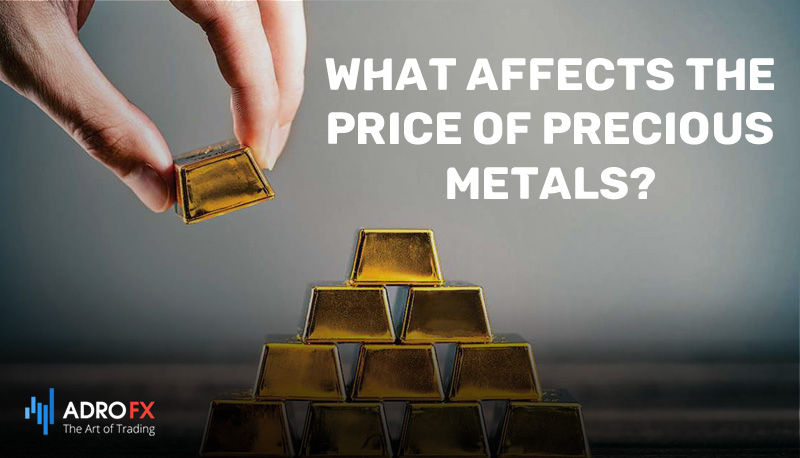
What Affects the Price of Precious Metals?
The prices of precious metals are affected by a variety of aspects, including:
Supply and demand: The basic economic principle of supply and demand plays a major role in the price of precious metals. If the supply of a particular metal is limited while demand is high, the price will likely rise.
Economic data: The price of precious metals can be shaped by economic data such as inflation rates, interest rates, and GDP growth. For example, if inflation rates are high, investors may turn to precious metals as a store of value, pushing up demand and prices.
Geopolitical factors: Geopolitical events such as wars, trade disputes, and political instability can also influence the price of precious metals. For instance, if there is an increase in tensions between countries, investors may turn to precious metals as a safe haven, leading to a rise in prices.
Currency movements: The price of precious metals is often quoted in US dollars, so changes in the value of the dollar can have an impact on the price of the metal. For example, if the dollar strengthens, the price of precious metals may fall as it becomes more expensive for buyers in other currencies.
Investor sentiment: The sentiment of investors can also play a role in the price of precious metals. If investors are bullish on the metal, they may buy more, driving up quotes. Contrarily, if investors are bearish, they may sell off their holdings, leading to a drop in prices.
In summary, the price of precious metals is influenced by a wide range of factors, from basic supply and demand to geopolitical events and currency movements. Investors should be aware of these factors when considering investing in precious metals, as they can have a crucial influence on the performance of their investment.
What Are the Best Ways to Invest in Precious Metals?
There are several ways for investors to gain exposure to the precious metals market. Here are three of the most common options:
- Stocks: Investors can buy shares in mining companies that extract precious metals such as gold, silver, platinum, and palladium. These companies stock prices tend to be highly correlated with the price of the underlying metal, as their profitability is closely tied to the cost of production and market demand.
- Exchange-traded funds (ETFs): Precious metal ETFs allow investors to buy shares in a fund that holds physical precious metals such as gold or silver. These funds aim to track the price of the underlying metal and can be a convenient way for investors to gain exposure to the market without having to store and transport physical metals themselves.
- Contracts for Difference (CFDs): CFDs are a type of financial instrument that allows investors to speculate on the price movements of precious metals without actually owning the physical metal. When an investor buys a CFD, they are essentially entering into a contract with a broker to buy or sell the metal at a future date at a pre-agreed price. CFDs can be a more speculative way to invest in precious metals, as they involve a high degree of leverage and can result in significant losses if the price of the metal moves against the investor.
Ultimately, the best way to invest in precious metals depends on an investor's individual financial goals and risk tolerance. While each of these options offers different advantages and disadvantages, it's always important to do your research and consult with a financial advisor before making any investment decisions.
How Much Can You Earn from Trading Precious Metals?
There is no clear answer to this question because everything is individual and depends on the way of investing in precious metals mentioned above. One thing is certain - gold and silver for several decades confidently hold an uptrend. And this trend will continue as each year the amount of metal dries up on the ground, making it scarce and more expensive. The law of supply and demand is 100% at work here. Even if the demand remains at the same level, the supply in the market decreases every year. Which leads to an increase in the price per unit of gold.
In the long run, precious metals provide good returns. But not in the short term. Don't get your hopes up for millions after a month. They may not be until several decades later.
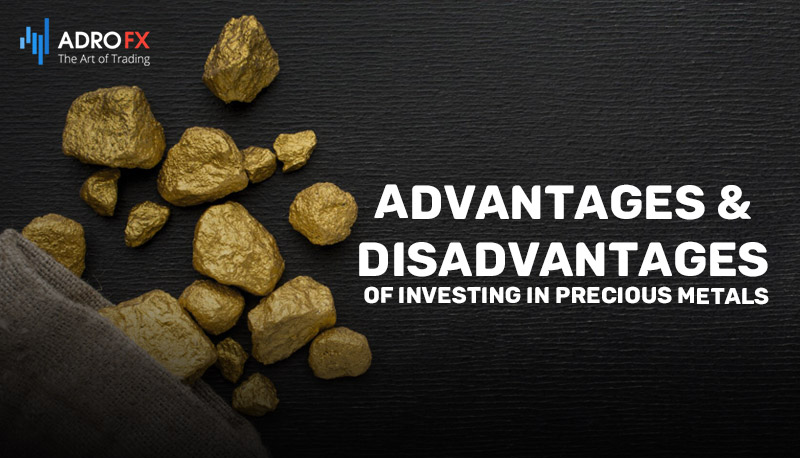
Advantages and Disadvantages of Investing in Precious Metals
Investing in precious metals has both advantages and disadvantages, which are important for investors to consider before making investment decisions. Here are some of the key pros and cons:
Advantages:
- Safe haven investment: Precious metals, particularly gold, and silver, are considered safe haven investments during times of economic tension or market volatility. They can provide a hedge against inflation and currency devaluation, as well as a store of value during times of geopolitical instability.
- Diversification: Investing in precious metals can provide diversification benefits to an investor's portfolio. As an asset class, precious metals have a low correlation with other traditional investments such as stocks and bonds, which can help to reduce overall portfolio risk.
- Tangible asset: Precious metals are tangible assets that can be held physically, which may be attractive to some investors who prefer to have physical assets in their possession rather than just digital or paper-based investments.
Disadvantages:
- Volatility: The prices of precious metals can be highly volatile, with significant fluctuations in price over short periods. This can make investing in precious metals a risky proposition, particularly for short-term traders.
- Limited income potential: Unlike stocks or bonds, precious metals do not generate income in the form of interest or dividends, which can limit their long-term growth potential.
- Storage and insurance costs: For investors who choose to hold physical precious metals, storage and insurance costs can be a significant expense that eats into potential returns.
- Market manipulation: Some critics argue that the precious metals market can be subject to manipulation by large players or governments, which can lead to artificially inflated or depressed prices.
Apart from the above-mentioned factors, precious metal prices can be affected by technical imbalances such as a surplus of sellers over buyers, as well as changes in supply and demand, geopolitical factors, and other related issues. However, in times of economic uncertainty, prices tend to rise, which can benefit sellers.
Are Precious Metals a Good Investment for You?
Whether or not precious metals are a good investment for you depends on several factors, including your financial goals, risk tolerance, and investment horizon. Here are some things to consider:
- Diversification: Precious metals can be a good way to diversify your investment portfolio, as they tend to have a low correlation with other asset classes such as stocks and bonds. This means that when one asset class is performing poorly, the other may be performing well, potentially reducing the overall volatility of your portfolio.
- Inflation hedge: Precious metals have historically been viewed as a hedge against inflation, as their value tends to rise when the purchasing power of fiat currencies declines. This makes them a popular choice for investors who are concerned about inflation and want to protect their wealth.
- Volatility: Like any investment, precious metals can be volatile, and their prices can fluctuate widely over short periods. If you are not comfortable with this level of volatility, you may want to consider other investment options.
- Liquidity: Precious metals are generally highly liquid, meaning that they can be easily bought and sold on major exchanges around the world. This makes them a convenient investment for those who want to be able to quickly and easily access their funds.
But taking into account the peculiarities of the precious metals market, quotes on its assets will grow at a moderate pace over time. This means that investing in gold is kind of a win-win profitable option. But only in the very long term. Therefore, an investor needs to be patient.
Ultimately, the decision of whether or not to invest in precious metals depends on your financial situation and goals. If you are looking for a way to diversify your portfolio and protect your wealth against inflation, precious metals may be a good choice for you. However, it's always important to do your research and consult with a financial advisor before making any investment decisions.
Why Trade Precious Metals with AdroFx?
There are several reasons why trading precious metals with AdroFx can be a good choice for investors.
First of all, AdroFx is a regulated broker, which means that investors can have confidence in the safety and security of their investments. AdroFx is authorized and regulated by the Vanuatu Financial Services Commission (VFSC).
AdroFx provides clients with advanced trading tools and technology that enable perfect order execution. This means that trades are executed quickly and efficiently, ensuring that clients receive the best available price on their trades.
Moreover, AdroFx offers competitive spreads on a range of precious metals, including gold, silver, and platinum. This means that investors can trade these assets at a lower cost, maximizing their potential profits.
AdroFx offers a wide range of precious metals for trading, including gold and silver. This provides investors with a range of options to choose from when building their portfolios.
Conclusion
Investing in precious metals is always a great opportunity to get a good return, but only in the long run. Gold is the most reliable and proven way to not only preserve but also multiply your capital. But short-term investments lead to an average loss of up to 20%. Therefore, it is extremely important to follow the right tactics and always remember to diversify your risks.
